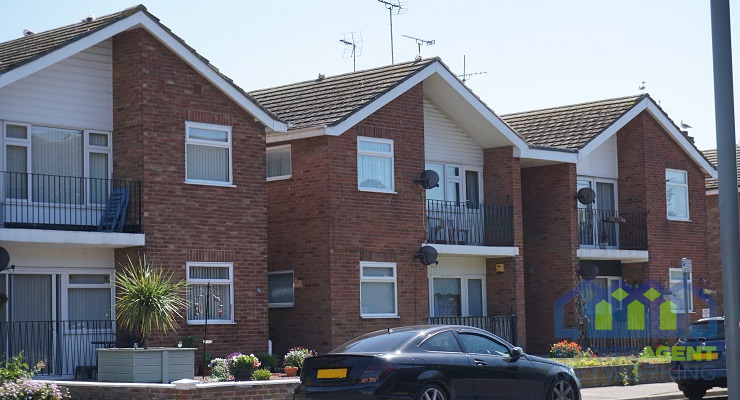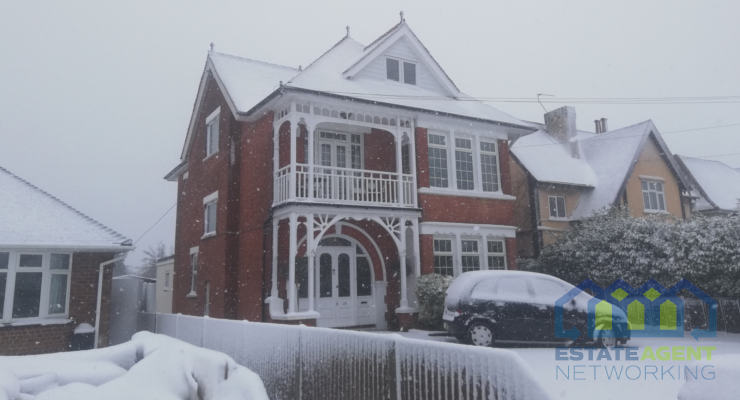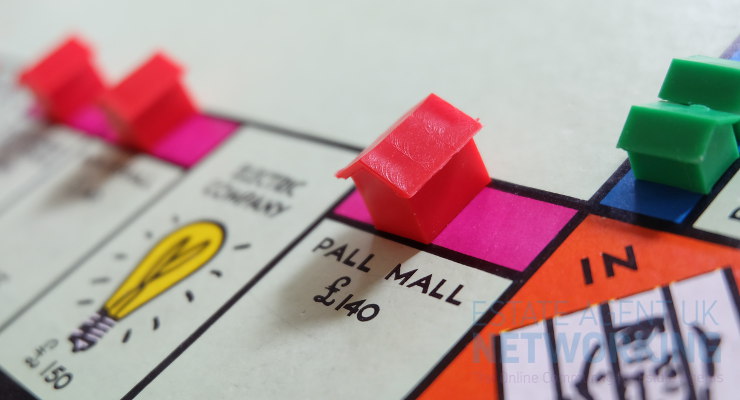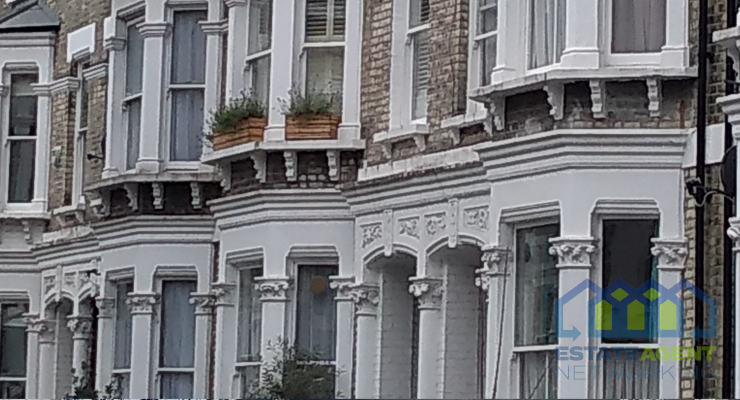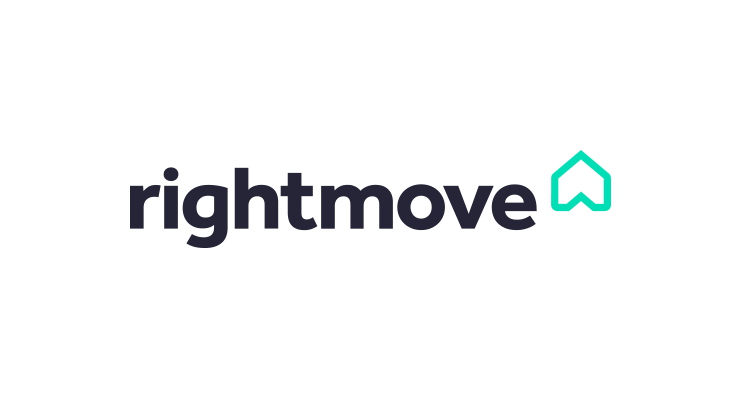3 Reasons To Add Buy-To-Let Properties In Your Investment Portfolio
As the property market continues to grow through the years, more and more investors are considering the idea of investing in buy-to-let properties. These properties have become a great investment vehicle as the demand for tenants continues to increase, making them an attractive investment to make in the real estate market.
Essentially, a buy-to-let property refers to a property purchased to rent it out to the tenant. It’s usually a form of investment property because it aims to generate a rental return and income stream. The rent imposed on a buy-to-let property covers the mortgage and other related expenses, including the letting agent’s fees, repairs, and real estate insurance.
Whether you’re a new or established real estate investor, below are the three reasons for adding buy-to-let properties to your investment portfolio:
1. They Are Tangible Assets
Unlike other forms of investments, buy-to-let properties can be considered one of the most reliable ways of investing because they’re tangible assets that can be owned and possessed physically.
As an investor, you can do whatever you want to the properties to ensure high returns in the long run. For instance, you can check up on the property whenever you want, carry out upgrades when necessary, or be selective with the types of tenants you take in.
By investing in buy-to-let properties, you can have complete control over your investment, thereby giving you peace of mind that it’s safe with you. Hence, if you’re looking for the best investment properties in the United Kingdom, Ireland, or other parts of the world, you can look here or browse some online resource websites to obtain more information.
2. They Allow You To Earn In Various Ways
This is another advantage of adding buy-to-let properties to your investment portfolio. When you invest in these types of properties, you can earn in the following ways:
- Regular Income:
If you rent out your investment properties to tenants, they give you monthly payments. This regular income can help cover some of your expenses from investing in buy-to-let properties. For example, you can use the income to pay your existing property debt, like your mortgage.
You can also utilize the rental income to finance certain upgrades or renovations needed for their properties to stay in good working condition. Once the mortgage or renovations are covered, the upcoming rental payments will go toward your profits, making the buy-to-let properties an excellent income stream.
- Capital Growth
Real properties are bound to appreciate over the years. Hence, if you diversify your investment portfolio with buy-to-let properties, you can get the most out of capital growth in the long run. When you own these types of properties, your assets’ value will also increase, along with the increase in the real estate market.
For example, if you decide to put your buy-to-let properties for sale for a couple of years, you can take advantage of high sales proceeds. This is because the property’s market value could be higher now than at the time when they were initially purchased. This is where capital growth comes in. The profits you’ve made from the sale can be used to pay off all your monetary obligations, while the remainder goes to your monthly income stream.
3. They Offer Increased Flexibility
Investing in the real estate market can be challenging if you have no idea how it works. Because of this, you need to be extra careful in investing in various types of properties to ensure higher returns and minimize potential financial losses. This makes adding buy-to-let properties to your portfolio essential. Unlike other forms of investments, buying these properties offers you increased flexibility.
Typically, buy-to-let property investors can choose whether to invest in commercial or residential properties. There are so many real estate options for investors. For example, if you want to invest in the residential market, you can pick between houses or apartments. These types have various strengths depending on the demographics, location, and rental yields. Just make sure to determine which asset best fits your investment plan, and you can get the most out of these investment properties.
Bottom Line
Buy-to-let properties can be an excellent investment for your portfolio. Since renting out a residential or commercial property has been a popular lifestyle trend, there’s a minimal chance you’d experience ‘no rental income’ periods. The long-term appreciation of these properties would usually outweigh the loss of income when the properties remain unoccupied.
Hence, if you want to ensure you make the right investment decision, keep the information mentioned above in mind. Doing so would give you every reason to start adding buy-to-let properties to your portfolio.



